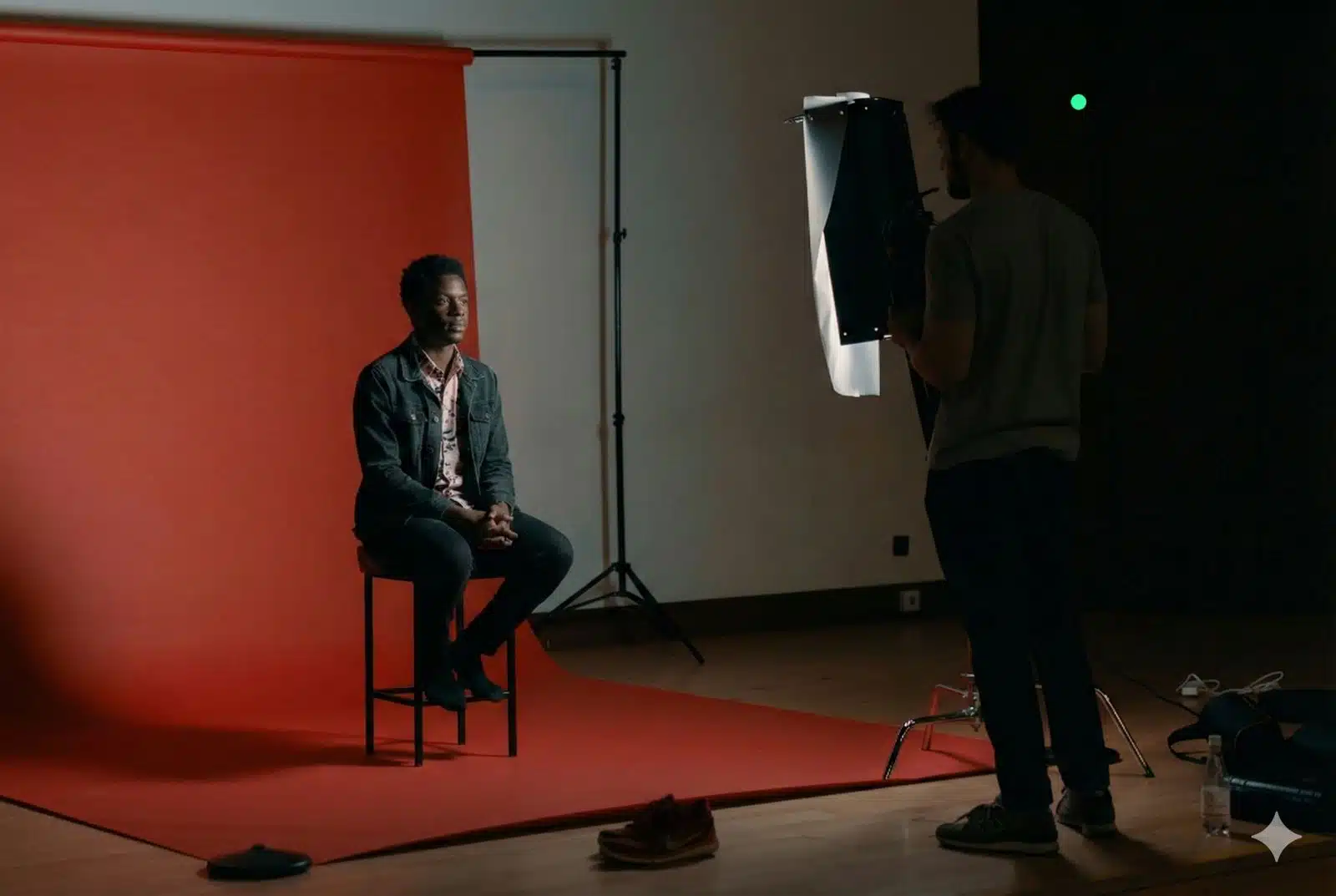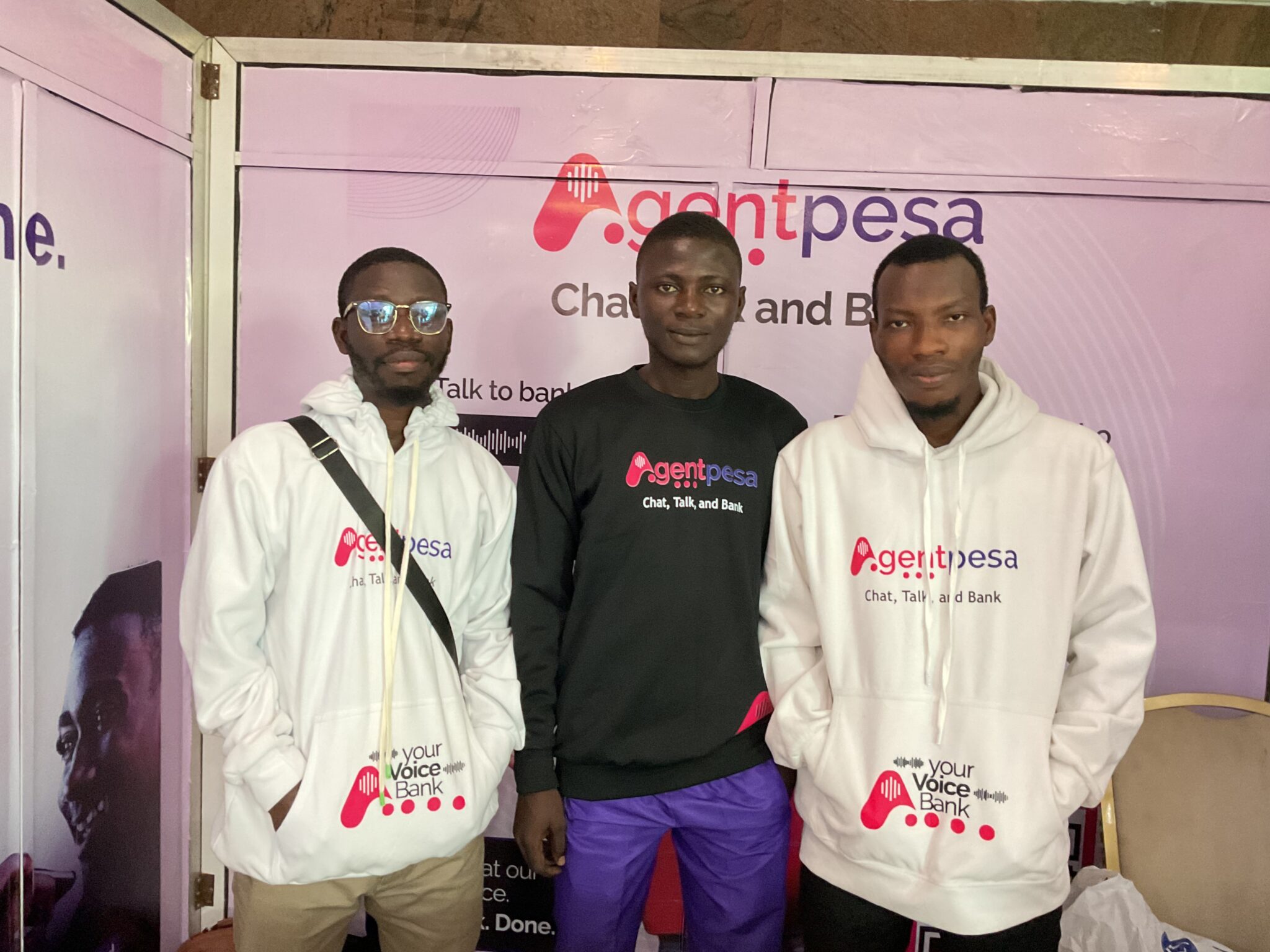AI can write and is fast. It can write blog posts, product descriptions, and even ad copy in seconds. Since brands and copywriters are already using it, many of us wonder if we’re about to be replaced.
I won’t lie; AI is impressive. Tools like ChatGPT and Jasper can generate content faster than any human. They don’t need sleep, they don’t miss deadlines, and they don’t get writer’s block. So, if AI can write, why would businesses keep paying for human copywriters?
But writing isn’t the hard part of copywriting. The real work is in persuasion, emotion, and storytelling. AI can predict what sounds right, but does it know what moves people? And in copywriting, that’s everything.
So, will AI replace copywriters? Or will it just weed out the ones who were never that good to begin with? Let’s talk about it.
Copywriting is more than just writing
If copywriting were just about putting words together, anyone with a keyboard could do it. But it includes selling, persuading, and connecting and that’s what makes it different.
Think about the last time you bought something online. Did you just scan the product specs and hit “Buy Now”? Or did something else convince you, maybe a headline that hooked you, a story that resonated, or a feeling that made you trust the brand?
I don’t sit down and throw words on a page. I think about the audience. What do they want? What are they afraid of? What will make them stop and listen? Because that’s what good copy does. It grabs attention and makes people feel something.
It’s why a simple line like “Just Do It” makes you want to get up and move. It’s why “Because You’re Worth It” makes you feel like you deserve luxury.
Here’s what’s always running through my head when I write copy:
- Who am I talking to?
- What’s the pain point?.
- How do I make them feel something?
- What’s the goal?
A good copy looks effortless, but a lot is going on. Every line has a purpose. Every word choice matters. It’s a mix of:
- Psychology – Understanding why people buy and what triggers action.
- Storytelling – Making a brand, product, or service feel personal.
- Tone and voice – Speaking in a way that feels natural and engaging.
- Persuasion – Knowing how to nudge someone toward a decision.
That last one is key. A great copywriter knows how to get into the reader’s mind and make them feel like the product was made just for them.
That’s what separates copywriting from just writing. A well-written article might be interesting, but a great copy sells. It moves people. It creates demand. It makes you want something before you even realize it.
This is why brands invest so much in good copy. Because the right words can change minds, open wallets, and build loyalty.
And that’s not something AI or any tool can just automate. But we’ll get to that soon.
What AI copywriters can do
I’ve tested AI writing tools. I’ve seen what they can do. And let me tell you, while they can spit out words faster than I ever could, something always feels… off.
At first glance, AI-generated copy might seem impressive. It’s grammatically correct, it follows patterns, and it can even mimic different tones. But the problem? It lacks depth.
Great copy doesn’t just inform; it connects. It sparks curiosity, taps into emotions, and understands what the reader isn’t saying out loud. AI, on the other hand, just pulls from existing content and rearranges it. It doesn’t actually know why people buy things.
AI can churn out thousands of words in seconds, analyze data like a machine (because, well, it is one), and help speed up the writing process. But does that make it a copywriter? Not quite.
Let’s break down what AI can do well when it comes to copywriting.
1. AI is ridiculously fast
As copywriters, we spend time researching, brainstorming, tweaking, and rewriting. But in seconds, AI can generate:
- Blog posts
- Product descriptions
- Social media captions
- Ad variations
- Email subject lines
For businesses that need bulk content fast, this is gold. But speed doesn’t equal quality.
2. AI is data-driven
AI tools like Jasper, Copy.ai, and ChatGPT analyze tons of online content. They optimize for:
- SEO (keywords, meta descriptions, readability)
- Engagement (based on trending topics and past data)
- Tone and style (it mimics what’s already out there)
If you need SEO-focused, structured, and formulaic content, AI does a solid job. But, structured and formulaic doesn’t always mean compelling.
3. AI is great for brainstorming
Need headline ideas, content outlines, or email subject lines? AI can generate options in seconds. It can spark new angles, remix old ideas, and help overcome writer’s block.
For example, if I type into an AI tool:
“Give me 3 email subject lines for a summer sale,”
It’ll spit out:
- “☀️ Summer Steals! Up to 50% Off!”
- “Hot Deals, Cool Prices—Shop Now!”
- “Summer Must-Haves (Before They Sell Out!)”
Not bad, right? But they still lack that human touch. They don’t have the wit, playfulness, or clever twist that makes a brand stand out.
AI lacks the one thing that makes copy irresistible
AI can write. AI can optimize. AI can generate copies at lightning speed. AI can generate words. BUT, it doesn’t think. It doesn’t dream up new ideas, challenge conventions, or instinctively know what will make someone stop scrolling and say, “Whoa, this speaks to me.” That’s because AI is missing one crucial ingredient which is human intuition.
Here’s where AI falls short:
1. AI doesn’t think, it predicts
When AI writes, it’s not coming up with original thoughts. It’s just predicting the next word based on patterns from existing content. That’s why AI-generated copy often sounds right but feels off.
For example, let’s compare:
AI-generated tagline for a fitness brand:
“Achieve your goals. Stay strong. Keep pushing forward.”
Human-written tagline (Nike):
“Just do it.”
The AI version is fine; it makes sense. But it’s forgettable. There’s no edge, no punch. Nike’s slogan, on the other hand, taps into emotion, action, and identity. AI doesn’t think that way because it doesn’t truly understand human psychology.
2. AI doesn’t create, it remixes
AI pulls from what already exists. It rearranges words, phrases, and structures based on what it has learned. Think about the most iconic ad campaigns like Apple’s “Think Different,” Volkswagen’s “Lemon” ad, and Dos Equis’ “The Most Interesting Man in the World.”
These ads broke the mold. They challenged expectations, took risks, and played with culture in ways AI never could. Give AI a prompt to write an ad, and it’ll give you something safe, something predictable. But safe and predictable don’t sell.
3. AI can mimic emotion, but it doesn’t feel it
Great copy isn’t just about stringing words together; you want to understand human desires, fears, and pain points.
Take this example:
A human copywriter writing for a cancer support charity might say:
“No one fights alone. Let’s stand together and make a difference.”
AI might write:
“Support cancer research and help those in need.”
See the difference? The first one connects—it makes you feel like part of a movement. The second is just a generic call to action. AI can’t feel, so it can’t write with genuine empathy.
4. AI is almost right
AI often produces almost right copies. I mean grammatically correct and structurally sound, but missing something.
Ever read AI-generated content that feels a little… lifeless? Like it’s saying all the right things, but none of it sticks? That’s because AI can mimic style but can’t inject soul into the words.
Example: AI writing vs human writing
| AI-Written Copy | Human-Written Copy |
| This skincare product improves hydration and makes the skin softer. | Quench your skin’s thirst- Deep hydration for a glow that lasts |
| Our coffee is sourced from the finest beans for the best taste. | Every sip is a journey. Handpicked beans, slow-roasted to perfection. |
| We offer fast and reliable shipping on all orders. | Get delivery at your door quickly, hassle-free, and right on time. |
AI writes what makes sense. Humans write what makes an impact.
The bottom line is that AI can assist. It can speed up the process. However, it doesn’t replace human intuition, creativity, or emotional intelligence.
If great copy were just about words on a page, AI would win. But great copy is about connection and that’s something AI will never fully understand.
Will AI replace copywriters? Or just weed out the weak?
AI is good, but let’s get one thing straight: It’s not coming for all copywriters. It’s coming for those who write lifeless content.
I mean, have you noticed how much bland, copy-paste content is floating around these days? You click on an article expecting something insightful, and instead, you get a bunch of generic fluff that could’ve been written by anyone or anything. And clients are starting to notice.
If your writing is just a regurgitation of whatever’s ranking on Google, AI can do that faster and cheaper. If your idea of copywriting is stuffing keywords into a listicle and calling it a day, AI’s already ahead of you. But copy that stops people in their tracks? That sparks emotion? That makes someone say, “Damn, I need this”? Yeah, AI still can’t compete with that.
AI can replace low-effort copywriting
So, will AI replace copywriters? Not the good ones. But if all you write is soulless, factory-line content, AI is already coming for your job.
The real question isn’t “Will AI replace copywriters?” It’s “Are you writing like a human or like a machine?” Because if you’re just joining words together with no strategy, no voice, and no real connection to your audience, I hate to break it to you, but you’ve already lost to the bots.
If all you do is rephrase existing content, AI will do it faster, cheaper, and without needing coffee breaks. There’s no contest. But if you’re the kind of writer who knows how to make words sell, persuade, and connect, AI isn’t your competition.
The real difference between AI-generated copy and a skilled copywriter? Strategy, persuasion, and emotion.
- AI writes. Copywriters persuade.
- AI predicts. Copywriters connect.
- AI generates. Copywriters strategize.
That’s why high-level copywriting like sales pages, brand storytelling, and luxury marketing still need a human touch.
How do you get ahead as a copywriter?
If AI is making you nervous about your career, take a deep breath. Copywriters aren’t going extinct; we’re just adapting and evolving. The real threat isn’t AI itself; it’s writers who refuse to adapt. So, how do you make sure you stay ahead of the curve? Simple. Do what AI can’t.
1. Master what AI can’t do
AI can generate words, but it doesn’t understand them. It doesn’t feel excitement, frustration, or desire—it just predicts which word comes next. That’s why the best way to future-proof your career is to sharpen the skills AI can’t replicate:
- Emotional storytelling. AI can summarize a story, but it won’t create one that makes people laugh, cry, or pull out their credit card. Humans connect through stories—use that to your advantage.
- Humor. AI-generated jokes are about as funny as a dad joke gone wrong. If you can make people chuckle while selling them something, you’re already ahead.
- Deep audience understanding. AI can analyze data, but it doesn’t get people. It doesn’t understand cultural nuances, inside jokes, or why a certain phrase resonates with a particular group. But you do.
2. Become a strategist, not just a writer
Good copy isn’t just about stringing words together—it’s about selling. And selling requires strategy. AI can churn out content but can’t create a campaign that takes a reader from “Hmm, interesting” to “Take my money.”
If you want to stay ahead, start thinking like a marketer, not just a writer. Learn how to:
- Identify pain points and objections (and smash through them with your words).
- Write for different stages of the customer journey, from awareness to conversion.
- Analyze and optimize performance because brands don’t just want words; they want results.
3. Use AI as a tool, not a crutch
AI isn’t your replacement; it’s your assistant. The best copywriters aren’t afraid of AI; they’re using it to their advantage. Here’s how:
- Brainstorm faster. Stuck on a headline? Let AI throw out 10 options; you can tweak the best one.
- Speed up first drafts. AI can give you a rough structure, but you bring the finesse.
- Repurpose content. AI can help turn a long-form article into bite-sized social media posts.
Just don’t let it do all the work. If you rely too much on AI, your writing will start sounding… well, like AI. And trust me, readers can tell.
4. Specialize in what AI can’t do well
If you’re a generalist cranking out generic content, you’re competing with AI. But if you specialize? That’s where you win. AI struggles with:
- Direct response copywriting. Sales pages, email funnels, and ads that persuade and convert.
- Personality-driven content. AI can mimic a voice, but it won’t create one that feels alive.
- Luxury branding. High-end brands sell emotion, exclusivity, and aspiration, things AI doesn’t feel.
AI isn’t going anywhere. But neither are great copywriters. If you want to stay ahead, keep learning, test your copy, and adapt.
In the end, AI won’t replace you if you bring more to the table than just words. Be strategic. Be creative. Be irreplaceable.
Wrapping up
When AI first came on the scene, I won’t lie, I panicked a little. Was this the beginning of the end for copywriters? Would businesses trade in human creativity for machine efficiency? But then I read an AI-generated copy and saw it lacked something.
That’s when it hit me, AI isn’t the problem. The real danger is people using it blindly, expecting it to replace skill, experience, and intuition. AI can assist, but if you don’t know what a good copy looks like, how will you know when AI is giving you garbage?
So, AI won’t kill copywriting, but lazy writing will. If you want to stand out, master your craft first, then use AI to enhance it, not replace it.
What do you think? Are you on team “AI is the future” or team “Humans still rule”? Let’s talk in the comments!










